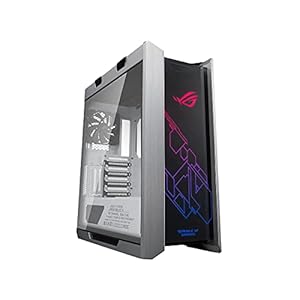Now you can see how nuclear fusion takes place in a doughnut-shaped receptacle known as a tokamak, due to a brand new 3D visualization by the École Spéciale de Lausanne.
What’s nuclear fusion, and why does it matter?
Nuclear fusion is the response that powers stars like our Solar. It happens when two gentle atomic nuclei fuse, forming a single, heavier nucleus and releasing an enormous quantity of power within the course of.
If people may catalyze fusion reactions that yield a web power achieve—together with the power it takes to energy up the related gadgets—it could possibly be the start of a dependable, zero-carbon power supply. You may learn extra about engineers’ quest for fusion power here.
Nuclear fusion is finished in several methods; some strategies contain lasers whereas others depend on superheated plasma. The latter choice happens in tokamaks, doughnut-shaped vessels that comprise plasma, which physicists can management utilizing magnetic fields. The largest tokamak in the world is presently being constructed within the south of France.
What are these visualizations and what do they present?
Within the nuclear fusion visualizations, EPFL’s Laboratory for Experimental Museology turned terabytes of knowledge from tokamak simulations and plasma checks right into a 3D visualization that exhibits how particles transfer by means of the toroidal chamber. The inside of the tokamak is an actual reproduction of EPFL’s variable-configuration tokamak (TCV), rendered from scans of the contraption’s inside.
“To supply only a single picture, the system has to calculate the trajectories of 1000’s of shifting particles at a pace of 60 occasions per second for every eye,” mentioned Samy Mannane, a pc scientist on the laboratory, in an EPFL release. “We had been even capable of seize the damage and tear on the graphite tiles lining the reactor partitions, that are topic to extraordinarily excessive temperatures throughout check runs of the TCV.”

The graphite tiles within the tokamak should deal with temperatures exceeding 180 million levels Fahrenheit (100 million Celsius) and are faithfully represented within the visualization. Electrons are represented in purple, protons are inexperienced, and the tokamak’s magnetic area is in blue.
“The physics behind the visualization course of is extraordinarily sophisticated,” mentioned Paolo Ricci, the brand new director of EPFL’s Swiss Plasma Middle, in the identical launch. “Tokamaks have many various shifting components: particles with heterogenous habits, magnetic fields, waves for heating the plasma, particles injected from the surface, gases, and extra. Even physicists have a tough time sorting every part out.”
The way forward for fusion power is brilliant—and made actually brighter by these illuminating photos of the tokamak’s interior workings.
Trending Merchandise

Cooler Master MasterBox Q300L Micro-ATX Tower with Magnetic Design Dust Filter, Transparent Acrylic Side Panel…

ASUS TUF Gaming GT301 ZAKU II Edition ATX mid-Tower Compact case with Tempered Glass Side Panel, Honeycomb Front Panel…

ASUS TUF Gaming GT501 Mid-Tower Computer Case for up to EATX Motherboards with USB 3.0 Front Panel Cases GT501/GRY/WITH…

be quiet! Pure Base 500DX Black, Mid Tower ATX case, ARGB, 3 pre-installed Pure Wings 2, BGW37, tempered glass window

ASUS ROG Strix Helios GX601 White Edition RGB Mid-Tower Computer Case for ATX/EATX Motherboards with tempered glass…










